Why are Rolexis so expensive? First of all, we have to understand that we are talking about the most prestigious watch brand in the world. And yet, if we compare it to other brands like Patek Philippe, they can even seem cheap.
Rolex watches do not have automated mass production, they are assembled by hand piece by piece and each of the watches undergoes different tests to guarantee the reliability and quality of each one of them. More than watches, they are pieces of craftsmanship.
Logically, when manufactured in this way, the units that Rolex manufactures per year are limited. Even at their price, the demand exceeds the supply.
Manufacturing materials
Rolexuses only the best materials in the manufacture of its watches. For example, use 904L stainless steel instead of the usual 316L. Rolex started using this steel in 1985. 904L steel is much more expensive, but it is also harder and more resistant to corrosion, but it costs more to work with. Rolex had to adapt all its machinery to be able to adjust the production of watches to the use of this metal.
Although in an object such as a watch, the difference between one type of steel and another is difficult to appreciate, the cost of working and making watches with it is much higher. Competitor watches use 316L steel so that only in material there is a higher cost in comparison.
The obsession with working with the best materials leads Rolex to manufacture the gold that it uses in its watches. The gems used are selected by specialist jewelers. They have a large team of gemologists who purchase and prepare the diamonds and gemstones that are later used in Rolex watches.
Research, manufacturing and certification processes
Rolexes are made entirely in Switzerland, where labor is more expensive. They are not manufactured on an automated assembly line, they are assembled by hand piece by piece, so manufacturing times are longer.
Rolex has Research and Development laboratories where they study new manufacturing techniques, innovations, develop new models, etc. Studies are made on the metals they use, the oils and lubricants, etc. Rolex spends a lot of time developing new movements.
After the watches are manufactured, Rolex itself performs various inspections and tests on the watches to ensure their quality and precision. They are tested for water resistance, as all Rolex watches are water resistant. Some models like the Submariner up to 300 meters. Others like the Sea Dweller Deepsea, up to 3,000. For these tests Rolex uses special pressurized water tanks.
The entire manufacturing process, from research, development, manufacturing and assembly to subsequent quality tests are done in-house. Rolex does not outsource any part of the process, so manufacturing costs increase, but in this way Rolex ensures that everything is done according to processes and quality standards.
All Rolexes are mechanical watches and only use their own movements. Movements that he is constantly developing, improving and researching.
Conclusion, are Rolexes that expensive?
All these factors mark the price of each watch. You can’t compare a Rolex watch to a $ 100 quartz watch. Yes, they both tell the time, but the materials, manufacturing times, quality, prestige, and renown behind each Rolex watch mean that more than a watch, Rolexes are pieces of craftsmanship. A Rolex is a luxury watch, a ‘work of art’, which not only does not lose value over time, but will probably increase it, especially in the most coveted models. So, are Rolexes really that expensive?
Here you can find more information about Rolex
You can follow us on social networks on Facebook, Instagram, Twitterand You tube


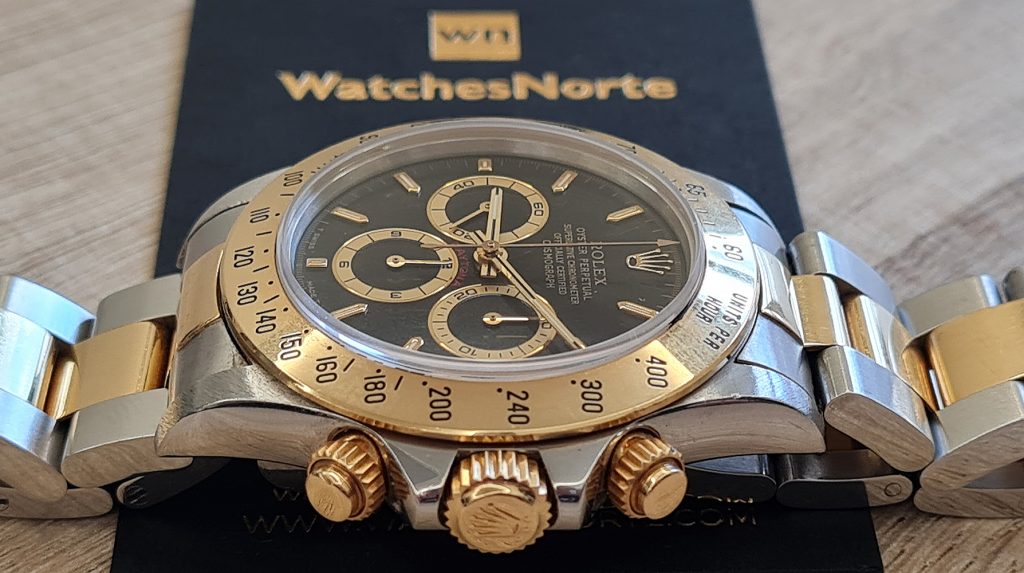
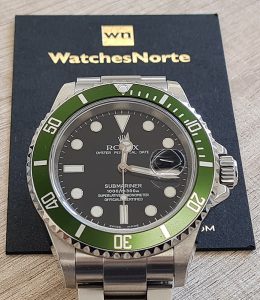
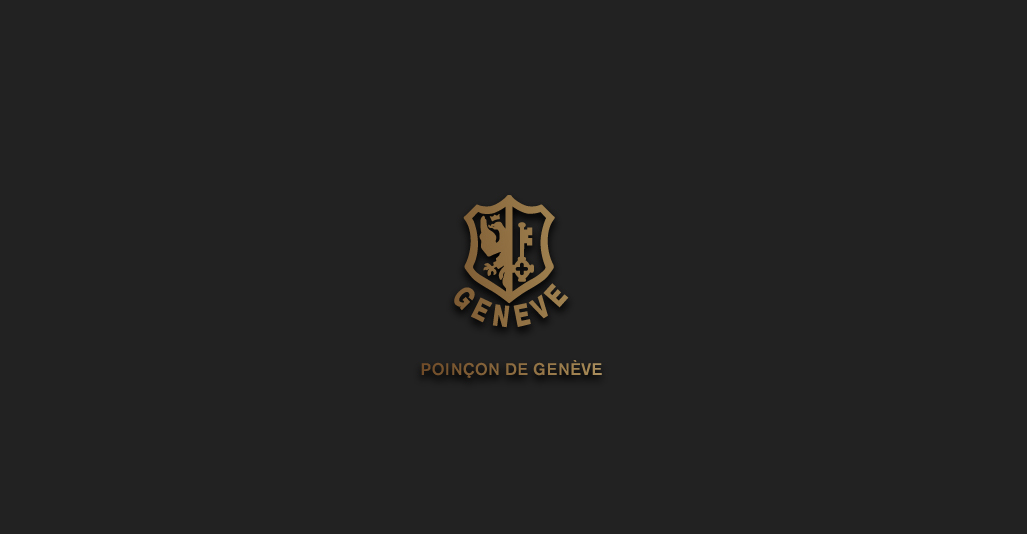
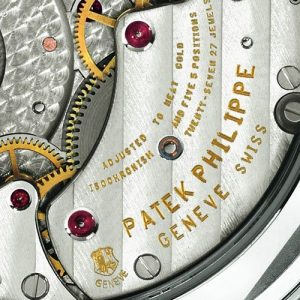
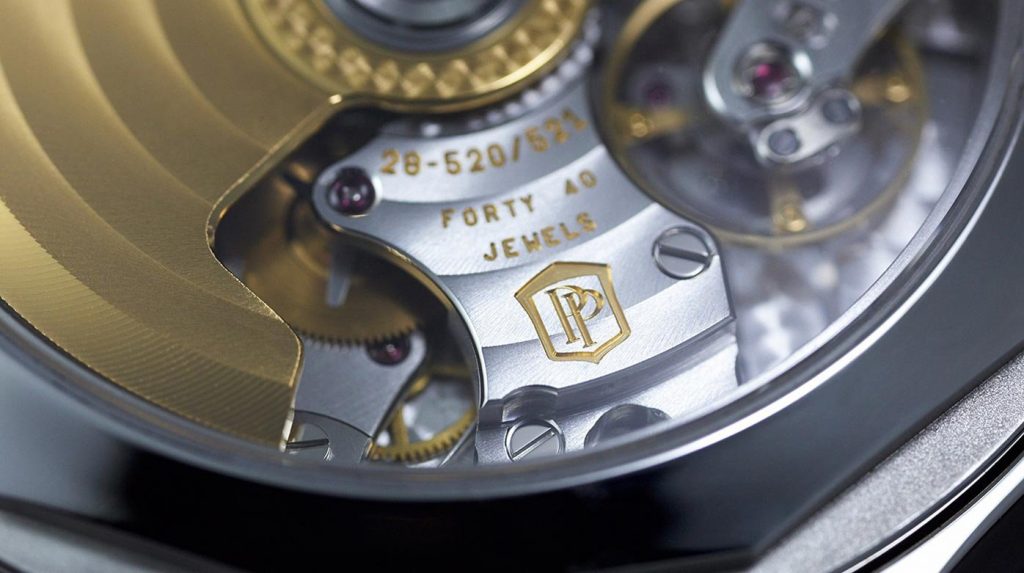
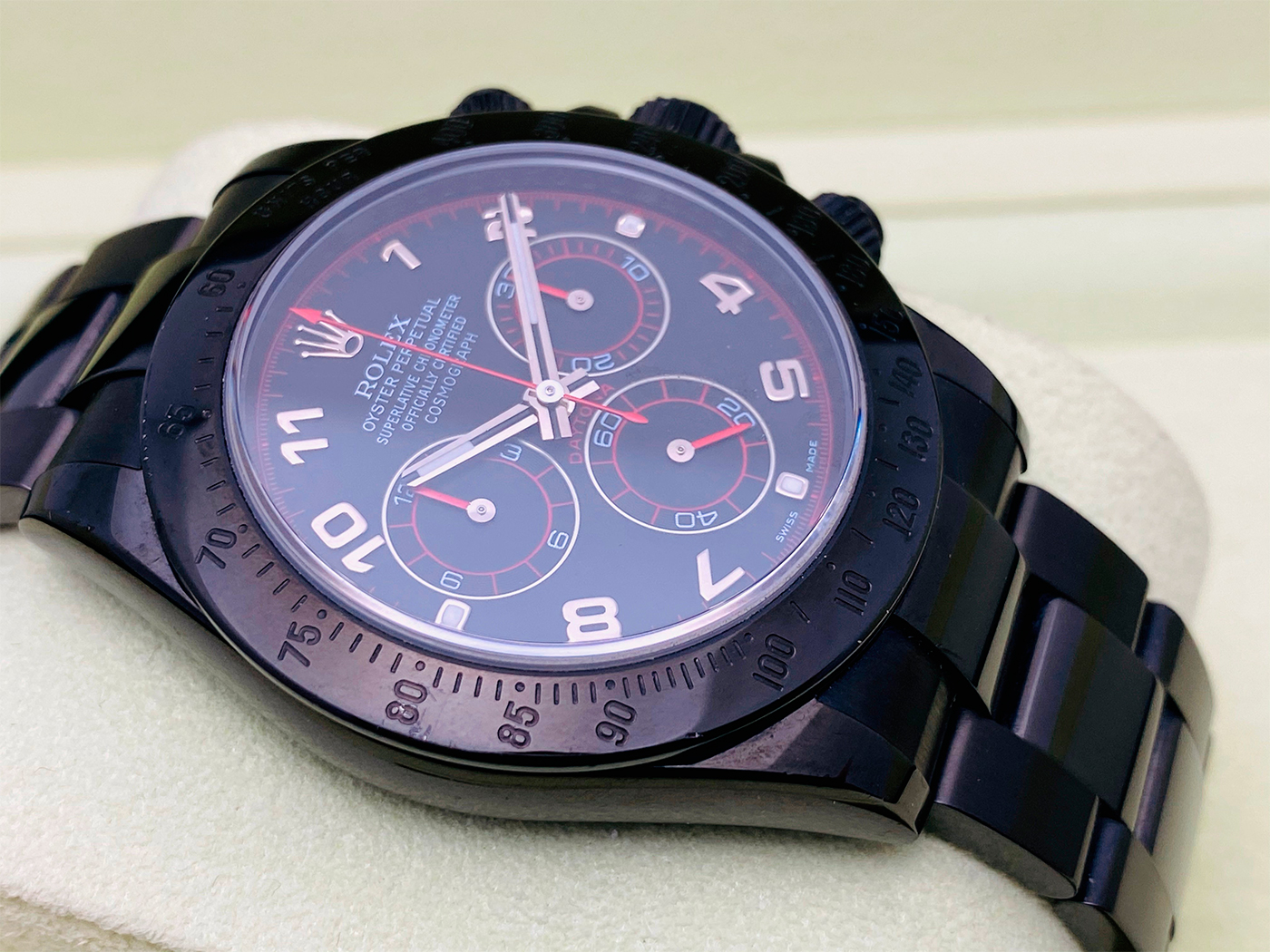
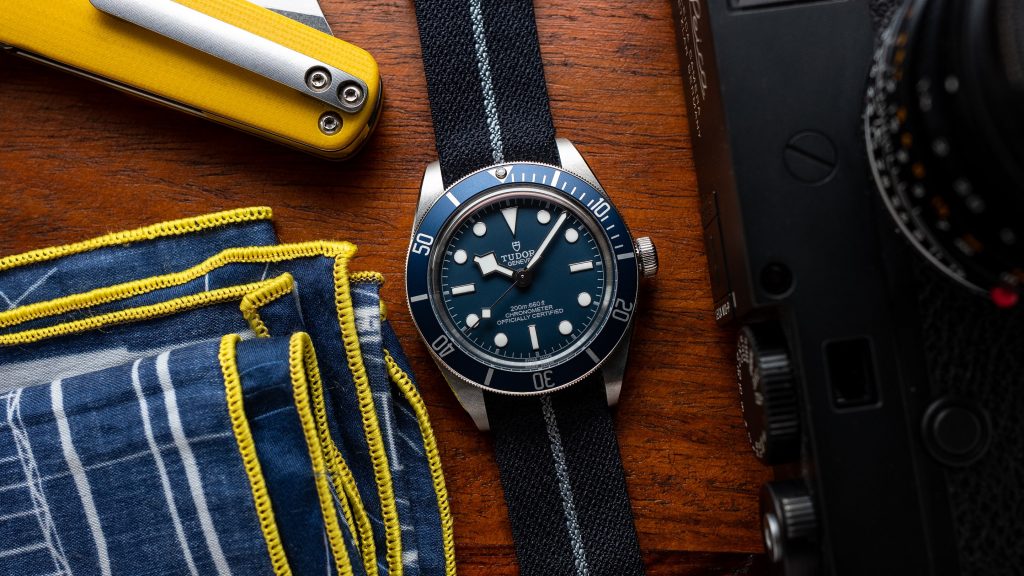
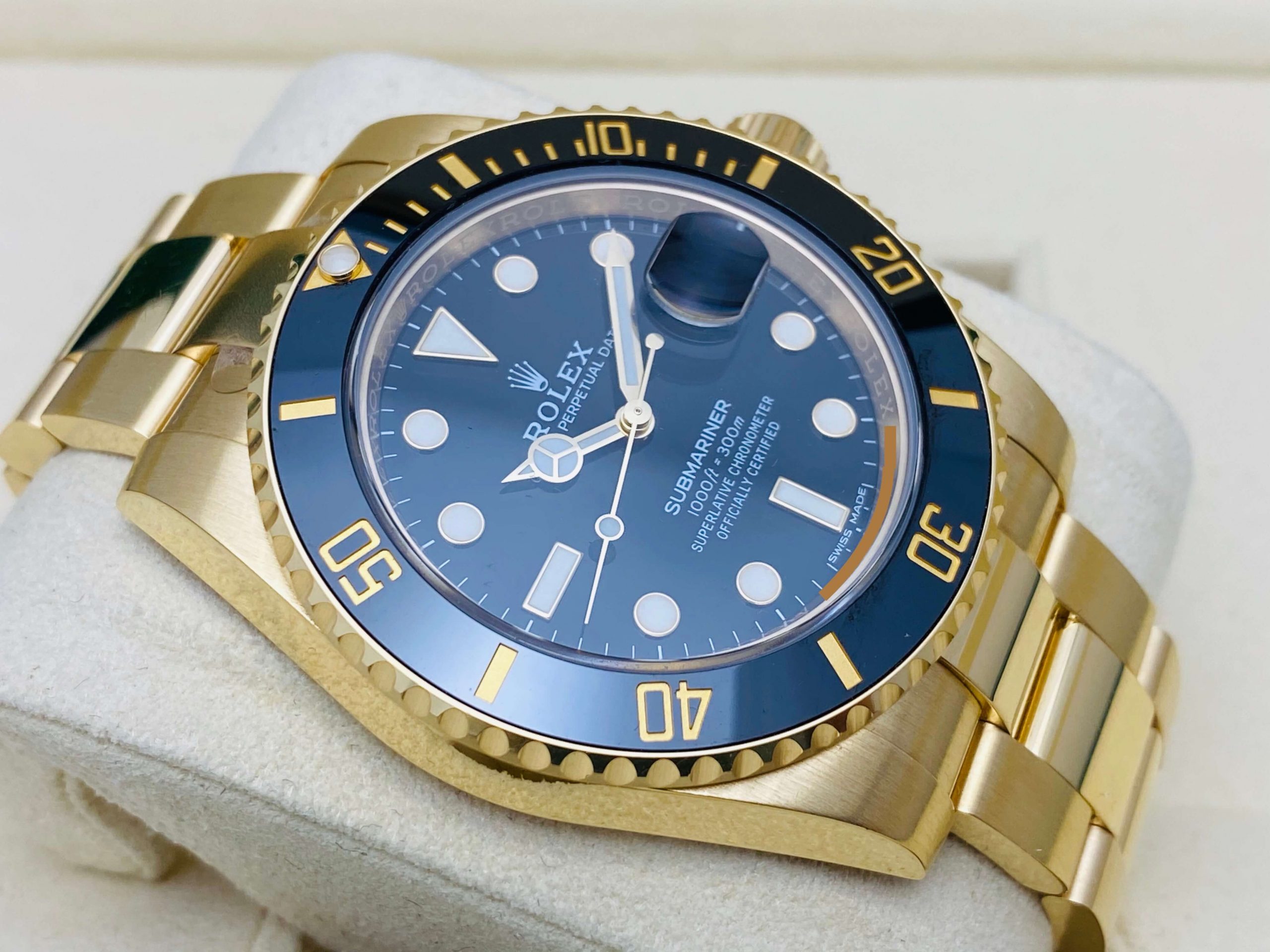
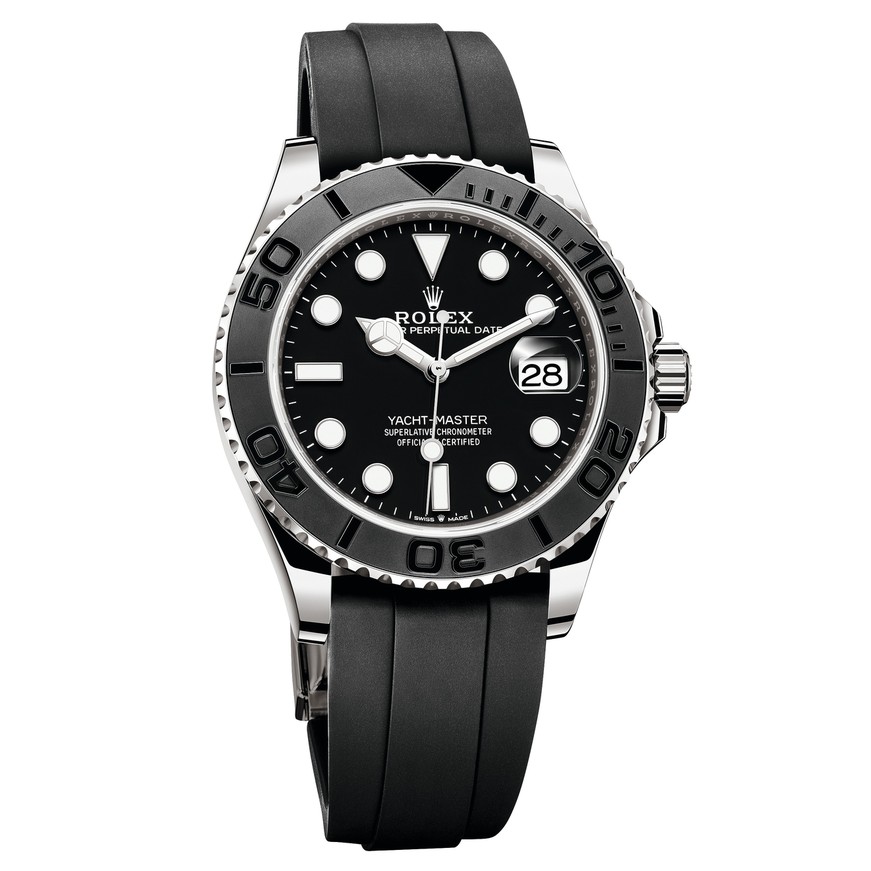 The Oyster Perpetual Sea-Dweller is proposed for the first time in a yellow Rolesor version (combination of Oystersteel steel and 18-carat yellow gold). The name “Sea-Dweller” appears in yellow on the dial of this new modality.
The Oyster Perpetual Sea-Dweller is proposed for the first time in a yellow Rolesor version (combination of Oystersteel steel and 18-carat yellow gold). The name “Sea-Dweller” appears in yellow on the dial of this new modality.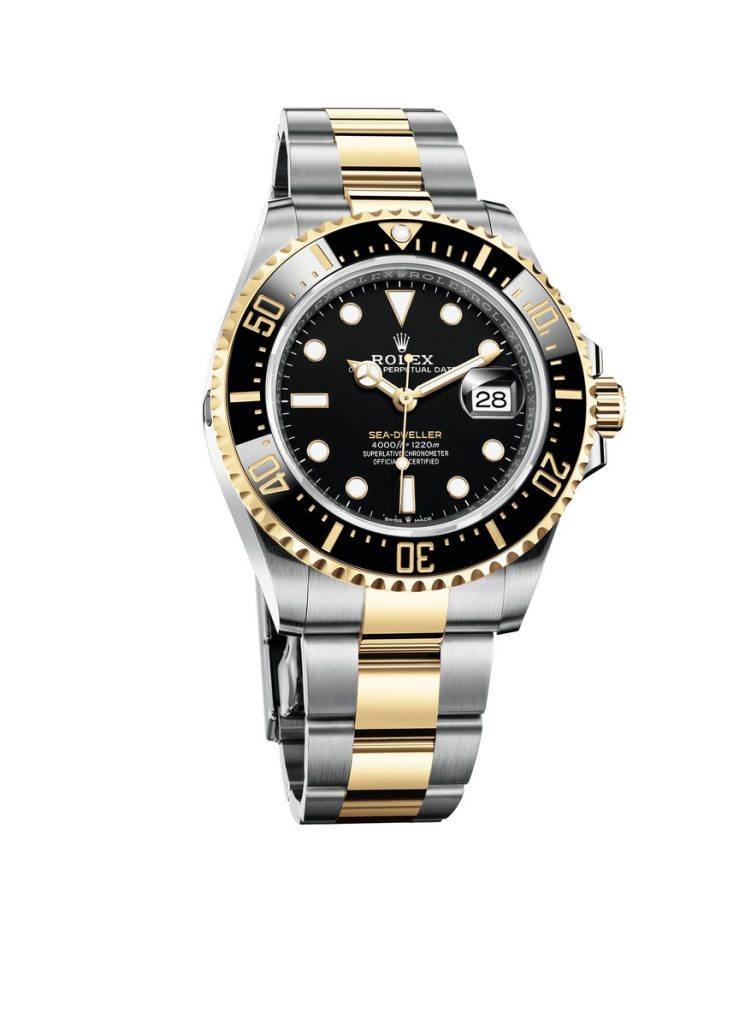 The Oyster Perpetual GMT-Master II, in Oystersteel steel, with bi-directional rotating bezel and 24-hour Cerachrom disc bicolor in blue and black ceramics, is equipped with a Jubilé bracelet. Presented in 2018, the new generation 3285 caliber equips this new modality.
The Oyster Perpetual GMT-Master II, in Oystersteel steel, with bi-directional rotating bezel and 24-hour Cerachrom disc bicolor in blue and black ceramics, is equipped with a Jubilé bracelet. Presented in 2018, the new generation 3285 caliber equips this new modality.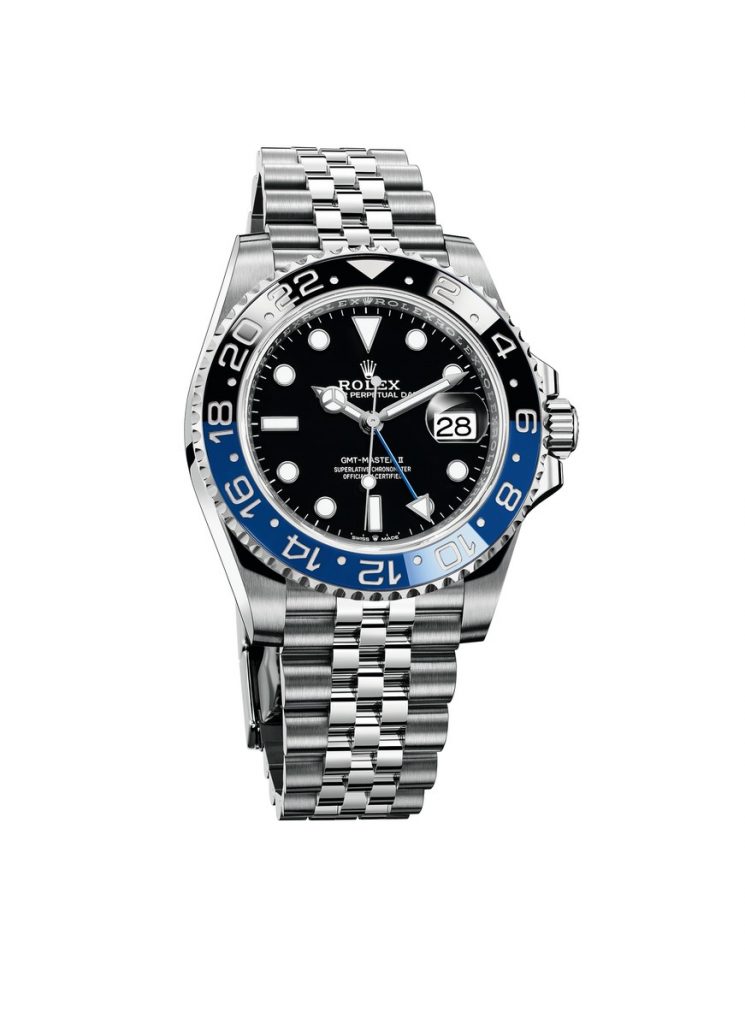 The Oyster Perpetual Day-Date 36 houses for the first time the 3255 caliber, a movement at the forefront of watch technology. In 18K yellow, white or Everose gold, the new modalities of this emblematic model are proposed with a sphere adorned with a concentric gradientor made of ornamental stone, or completely pavé of diamonds with an hourly outline drawn by sapphires with the colors of the rainbow.
The Oyster Perpetual Day-Date 36 houses for the first time the 3255 caliber, a movement at the forefront of watch technology. In 18K yellow, white or Everose gold, the new modalities of this emblematic model are proposed with a sphere adorned with a concentric gradientor made of ornamental stone, or completely pavé of diamonds with an hourly outline drawn by sapphires with the colors of the rainbow.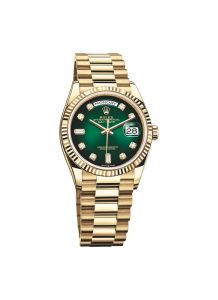 The new modalities in yellow, white or Everose Rolesor version (combination of Oystersteel steel and 18-carat gold) of the Oyster Perpetual Datejust 36 and the Oyster Perpetual Datejust 31 all have a refined sphere of timeless elegance. They are equipped, respectively, with 3235 and 2236 caliber, new generation movements introduced in these two models in 2018.
The new modalities in yellow, white or Everose Rolesor version (combination of Oystersteel steel and 18-carat gold) of the Oyster Perpetual Datejust 36 and the Oyster Perpetual Datejust 31 all have a refined sphere of timeless elegance. They are equipped, respectively, with 3235 and 2236 caliber, new generation movements introduced in these two models in 2018.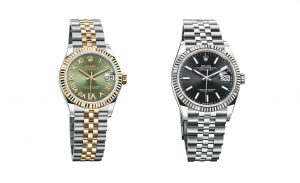
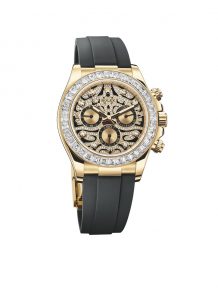 Like all Rolex watches, these new references have the Superlative Chronometer certification, specific to the Swiss brand and symbolized by the green seal. This certification also guarantees the respect of more stringent performance criteria than watchmaking standards in terms of precision, tightness, automatic winding and autonomy, and is accompanied by a five-year international warranty.
Like all Rolex watches, these new references have the Superlative Chronometer certification, specific to the Swiss brand and symbolized by the green seal. This certification also guarantees the respect of more stringent performance criteria than watchmaking standards in terms of precision, tightness, automatic winding and autonomy, and is accompanied by a five-year international warranty.